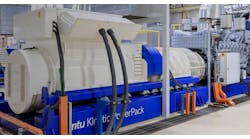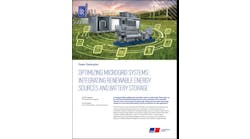Pittsburgh will calculate the environmental and economic impacts of new infrastructure projects using Siemens smart city tool, the company announced.
It will use Siemens City Performance Tool to gauge the impact of its proposed energy districts, an initiative to build on-site power as part of the city’s ONEPGH Resilience Strategy.“The City Performance Tool will help Pittsburgh pinpoint and target specific initiatives, based on research and actions, cultivated through the ONEPGH Resilience Strategy,” said Grant Ervin, Pittsburgh chief resilience officer. “This tool will take and amplify the existing work we have planned in the city – bringing distributed energy to the foreground of Pittsburgh’s energy future.”
Matthew Walters, head of Siemens US Distributed Energy Systems Center of Competence, described the city as “an example of urban resilience having rebounded in a post-industrial world and reinvented itself as a city home to leading research universities, technology companies, and industry.”
Pittsburgh’s ONEPGH resilience strategy, developed by the City of Pittsburgh in conjunction with 100RC, highlights the city’s resilience framework, p4, focusing on People, Place, Planet and Performance. Pittsburgh has identified challenges within each of these key areas and identified potential partner organizations that have the capacity to support the city in delivering on these goals. Siemens is a 100RC platform partner.
“Cities serve as the key to solving issues like climate change, but we also need to recognize that cutting emissions does not mean impeding economic opportunity or healthier communities, but rather they go hand-in-hand and are mutually beneficial,” said Mayor William Peduto. “We’re trying to plan for everyone in mind as we bring new energy solutions to Pittsburgh.”
The Siemens smart city tool is also in use by other cities, such as New Bedford, MA and Minneapolis, MN, San Francisco, CA and Copenhagen, Denmark.
See related story on Microgrid Knowledge: Will America’s Steel City Build the First Grid of Microgrids?







